Precast concrete has many advantages as an architectural material. From manufacturing to installation to longevity, precast concrete is one of the most popular and most effective products for creating and designing beautiful architectural designs.
But it is not without its problems, especially with cracking and weathering, both of which are common challenges that affect the choice of precast as a material. The following are some of the issues that lead to cracking and weathering in precast in both the short and long term.
Cracking in Precast Concrete
Cracking is a significant concern with precast concrete due to its composition and curing process. Several factors can contribute to cracks in precast concrete elements:
- Curing Conditions – Inadequate curing or rapid drying can lead to surface cracks known as “drying shrinkage cracks.” Proper curing procedures are essential to allow the concrete to gain sufficient strength and reduce the risk of cracking.
- Thermal Stresses – Fluctuations in temperature, especially during freeze-thaw cycles, can cause differential expansion and contraction, leading to cracks. This is particularly critical in regions with significant temperature variations.
- Shrinkage – Concrete naturally shrinks as it dries, and this shrinkage can create internal stresses, resulting in both visible and hidden cracks.
- Reinforcement Placement – Improper placement of reinforcing elements or inadequate reinforcement design can lead to stress concentrations, increasing the likelihood of cracks.
- Structural Load – Excessive loads or overloading of precast concrete elements can cause structural failure and cracks.
Proper precast concrete manufacturing can reduce these risks, and installation can help as well. But cracking is a natural risk for precast concrete, and one of its difficulties as a material.
Weathering in Precast Concrete
Weathering is the gradual deterioration of precast concrete surfaces due to environmental exposure. Many different issues can cause weathering to occur, including:
- Moisture Infiltration – Water penetration through microcracks or improperly sealed joints can cause moisture to reach the internal structure of the concrete. Freeze-thaw cycles result in the expansion of trapped water, leading to internal stress and surface deterioration.
- Chemical Exposure – Precast concrete may be exposed to chemicals, pollutants, or aggressive substances in the environment. Chemical reactions can degrade the concrete, leading to surface spalling and deterioration.
- UV Radiation – Continuous exposure to ultraviolet (UV) radiation from sunlight can lead to the breakdown of the concrete surface. This process is known as UV degradation and can result in color fading and loss of surface integrity.
- Abrasion and Erosion – Wind-blown debris, sand, and abrasive particles can erode the surface of precast concrete over time.
- Environmental Acidity – Precast concrete may be exposed to acidic substances from rainwater or other environmental sources. Acidic corrosion can weaken the concrete and lead to surface etching.
Once again, installation and precast manufacturing can reduce some of these risks, but they are all natural issues related to precast as a material.
Mitigating Cracking and Weathering
To minimize cracking and weathering in precast concrete, several measures can be taken:
- Proper Mix Design – Careful selection of concrete ingredients and additives can improve concrete’s resistance to cracking and weathering.
- Reinforcement – Appropriate reinforcement, such as steel bars or fibers, can enhance the structural integrity of precast elements and reduce the risk of cracking.
- Surface Treatments – Applying protective coatings or sealants can prevent moisture infiltration and protect the surface from weathering.
- Proper Curing – Implementing adequate curing methods is crucial to reducing shrinkage cracks and ensuring long-term durability.
- Regular Maintenance – Routine inspections and maintenance can help identify early signs of cracking and weathering, allowing for timely repairs and preservation.
Cracking and weathering can never be entirely prevented, but they can be controlled with better development.
Alternatives to Precast Concrete
However, the issues with precast concrete are inherent in the product, and they’re not limited to cracking and weathering alone. There are also issues with weigh, shipping, cost, labor, lead times, and so much more. That is why Patterson Whittaker has developed a precast concrete replacement. Our products are extremely resistant to cracks and weathering, and are easier to install and cost less – making them advantageous for nearly every type of project.
Learn more about our reinforced EPS precast concrete alternative. Reach out to our sales team, today.

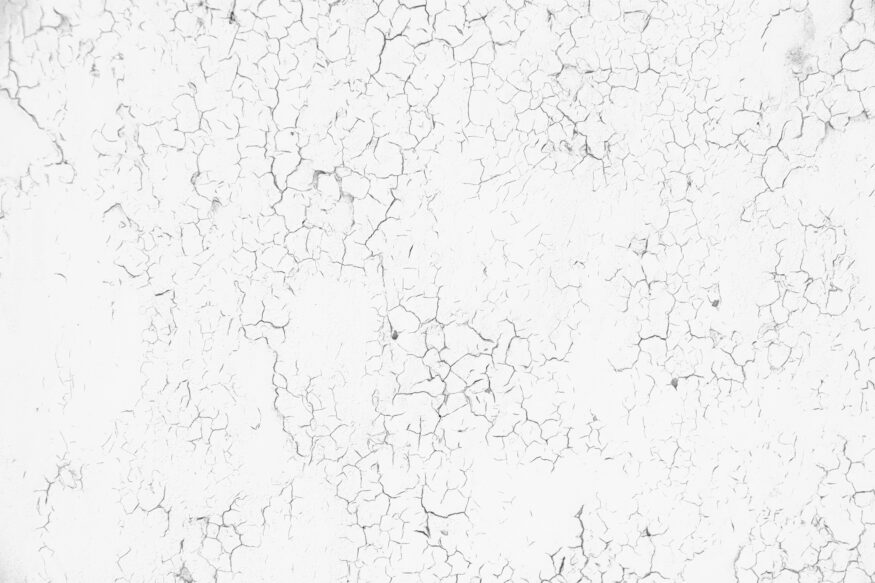
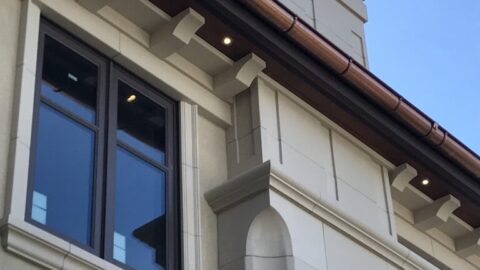

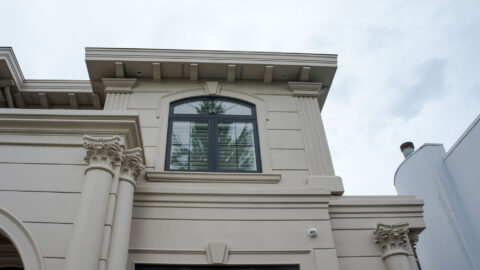
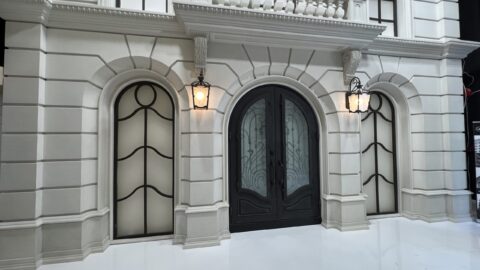
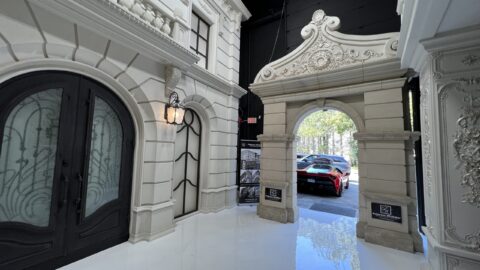
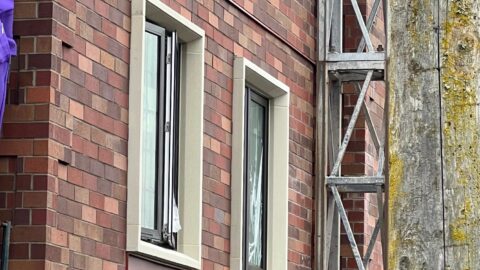

Recent Comments